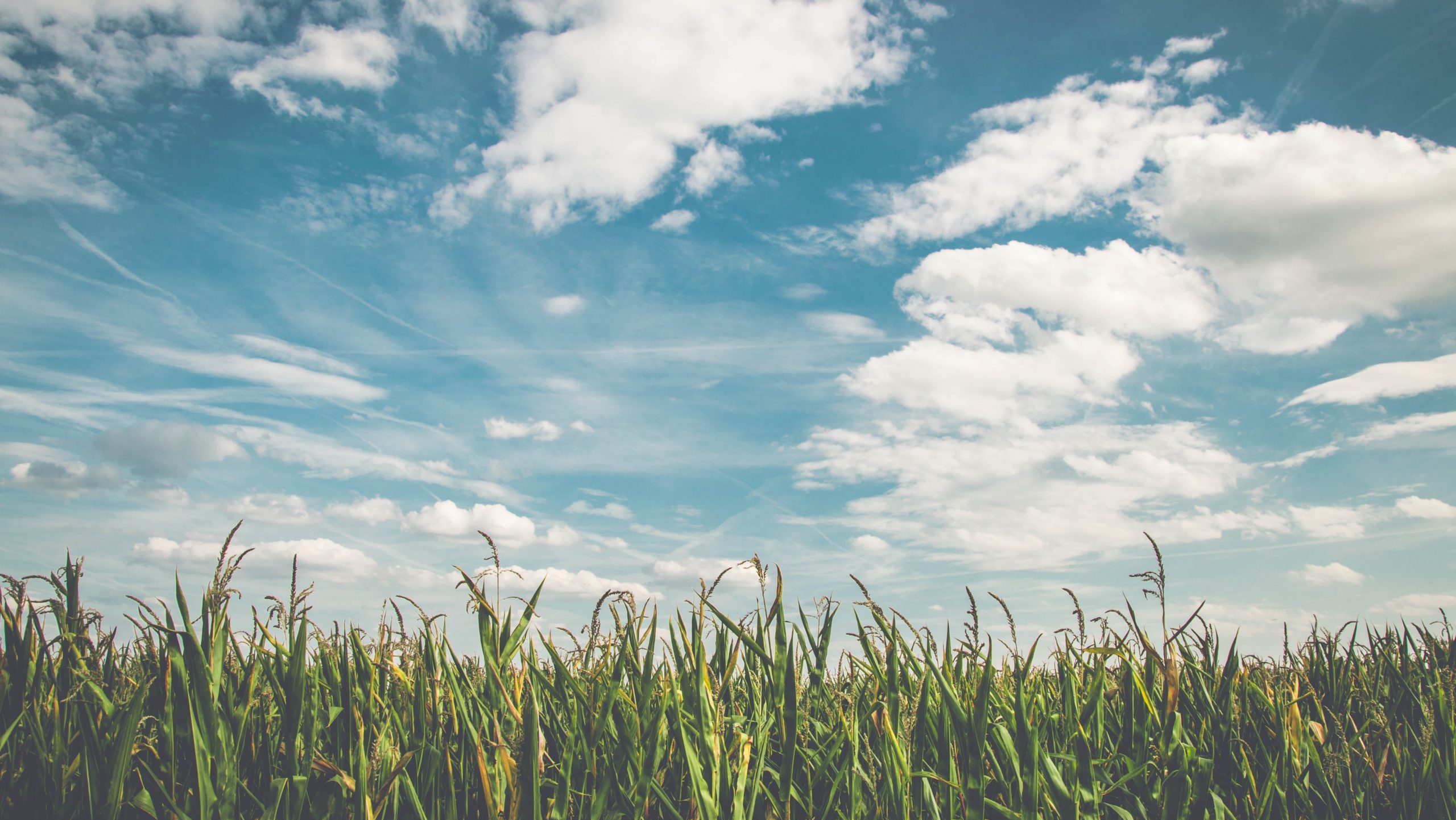By Natasha Krieger, Paul Mathewson, Ph.D., & Kayla Rinderknecht, MPH
Summary
Neonicotinoids are a class of pesticide widely used in Wisconsin to control insects on farm fields, residential lawns and gardens, and for flea and tick prevention in pets. Previously thought to pose no risk to humans, there is increasing evidence that neonicotinoids may have harmful health effects. In this brief, we summarize these concerns and explore environmental exposure risks from drinking water contamination and residues in food.
Most of the human health concerns exist around nervous system effects in children (both fetal and early-childhood exposure) because the rapidly developing nervous system is most vulnerable. To date, most understanding is based on animal models, and more direct human study is needed. Suspected effects on human health include congenital heart defects, reduced cognitive ability, autism spectrum disorder, and reproductive issues. Primary exposure for the general population is from drinking water contamination, food residues, and residential use.
Key takeaways:
- Neonicotinoids are estimated to be found in 5% of private drinking water wells statewide.
- Detection rates can be over 50% in areas vulnerable to agricultural contamination like the Central Sands region.
- For example, in Waushara County, over half of the wells in the Wisconsin Department of Agriculture, Trade, and Consumer Protection’s study of wells vulnerable to contamination had multiple neonicotinoids detected.
- Concentrations of imidacloprid in private wells have been found to exceed health-based levels recommended by the Wisconsin Department of Health.
- Neonicotinoid residues are common in non-organic produce, particularly apples, cherries, pears, strawberries, cauliflower, celery, cilantro, grapes, leafy greens, and potatoes.
- Residues have been found above health-based standards in berries, corn, grapes, green beans,
pears, peas, pepper, strawberries and tomatoes.
- Residues have been found above health-based standards in berries, corn, grapes, green beans,
- More research is needed to better understand health effects in humans, particularly in children, and establish appropriate health-based standards that adequately protect the most vulnerable populations
- Individuals can reduce exposure by consuming organic produce and avoiding the use of lawn care or flea and tick prevention products that include neonicotinoids
- Wisconsin should follow the example of 11 U.S. states, Canada, and the EU in passing restrictions on the use of neonicotinoids to protect ecosystems and human health.


